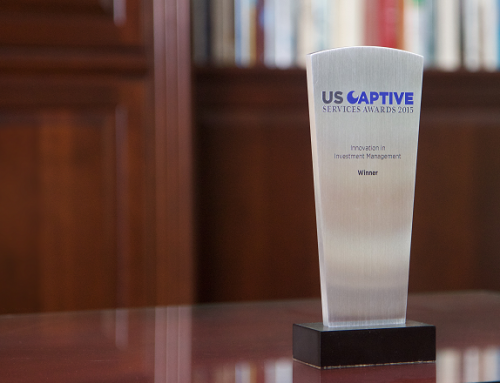The consensus among most financial professionals is that asset allocation is one of the most important decisions that investors make. However many people mistake asset allocation for diversification. This is the definition from the SEC:
The Magic of Diversification. The practice of spreading money among different investments to reduce risk is known as diversification. By picking the right group of investments, you may be able to limit your losses and reduce the fluctuations of investment returns without sacrificing too much potential gain.
The problem with typical diversification strategy
All too often, the conventional approach says when in doubt, diversify. If you own a little bit of everything, nothing can go wrong. In many cases, diversification is taken to an extreme. I have seen clients come to us owning 30-40 mutual funds. If each of these mutual funds owns 100 stocks, then the client owns over 3000 companies! This type of thoughtless diversification strategy leads to mediocre results. Even worse, this level of diversification didn’t even protect investors in 2008 when all asset classes declined in unison.
“Diversification is a protection against ignorance. It makes very little sense for those who know what they are doing.” — Warren Buffett
If you agree with the great Warren Buffett, what does it mean when your broker or advisor just throws your assets into a little bit of everything? Choosing to over diversify is like an amateur chef throwing in every spice in the cabinet in hopes that it will season the dish; but in the end, it’s just a mess. The experienced chef knows what ingredients to use at what time and can often produce the greatest of dishes with very basic ingredients like salt and pepper. Investing, like cooking, needs to be brought back to basics. This means investing in stocks and US Treasury bills/bonds. Anything more just complicates the dish and doesn’t serve its purpose.
“Diversification is something that stock brokers came up with to protect themselves, so they wouldn't get sued [for making bad investment choices for clients]. Henry Ford never diversified, Bill Gates didn't diversify.” — Jim Rogers
The better way: Running with the best horses
So how should your investment dish be prepared? Stocks are for the growth portion of your portfolio. When the economy is expanding, equities should be featured in your portfolio. We favor investing in high quality service sector stocks which offer high predictability of earnings and lower volatility. Own concentrated portfolios of no more than 40 stocks. If you own too many stocks, you invoke mediocrity by diluting the impact of the best ideas. On the other side of the portfolio are US Treasuries. They provide income but more importantly safety in the face of a market downturn. When a financial hurricane is on the horizon, Treasuries are your main source of defensive asset protection. And when there is blood in the streets, you can turn these Treasuries into your greatest weapon to buy high quality companies for a discounted price.
So what kind of dish did your financial planner/advisor or stock broker cook up during the financial crisis? How about today? Did your advisor concoct a dish that made you sick to your stomach or did he/she stick with simplicity that made you feel good? Are you ready to say goodbye to mediocre diversification strategies?
“Diversification – Investing” by 401(K) 2013 is licensed under CC BY-SA 2.0
By






